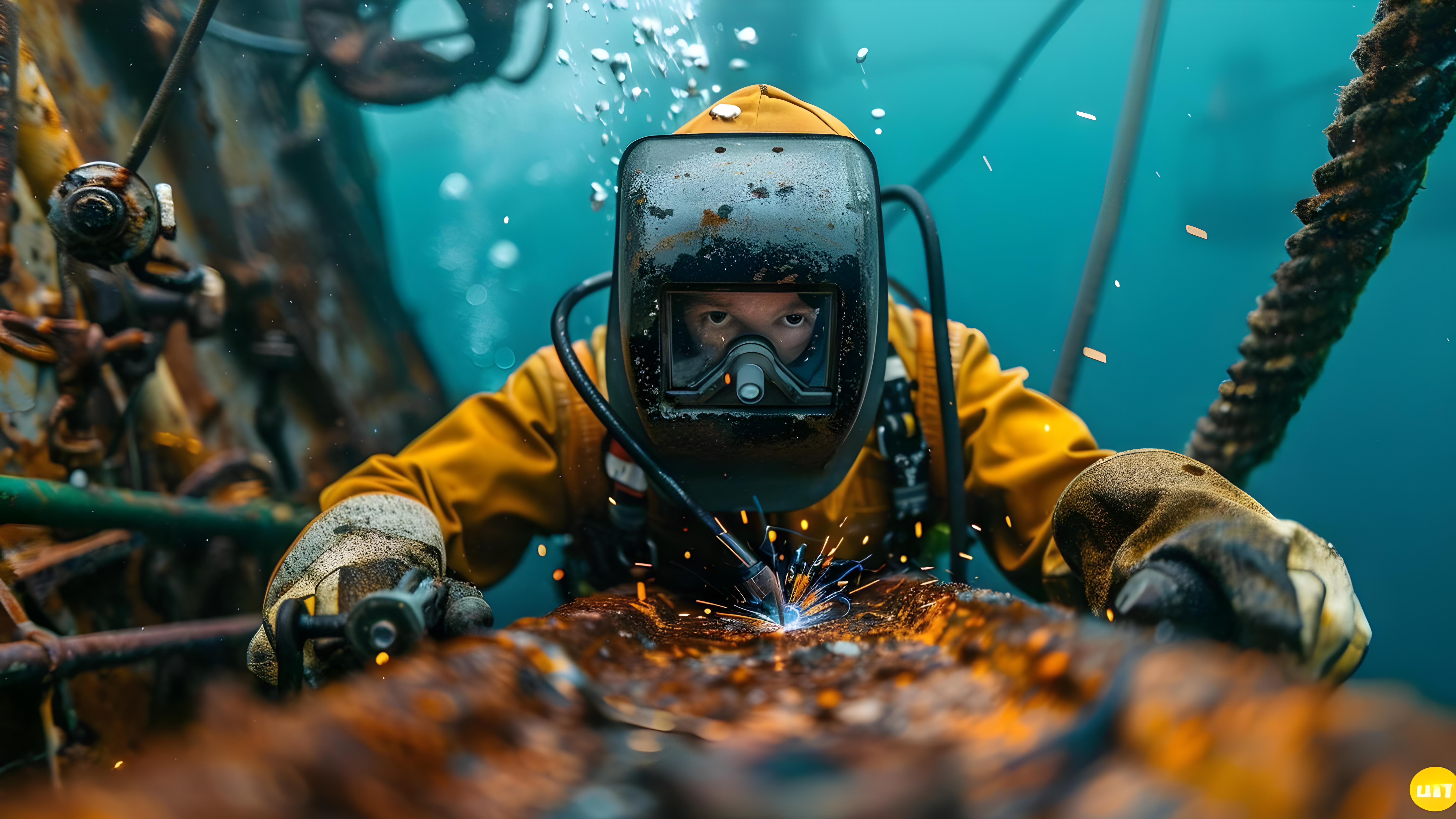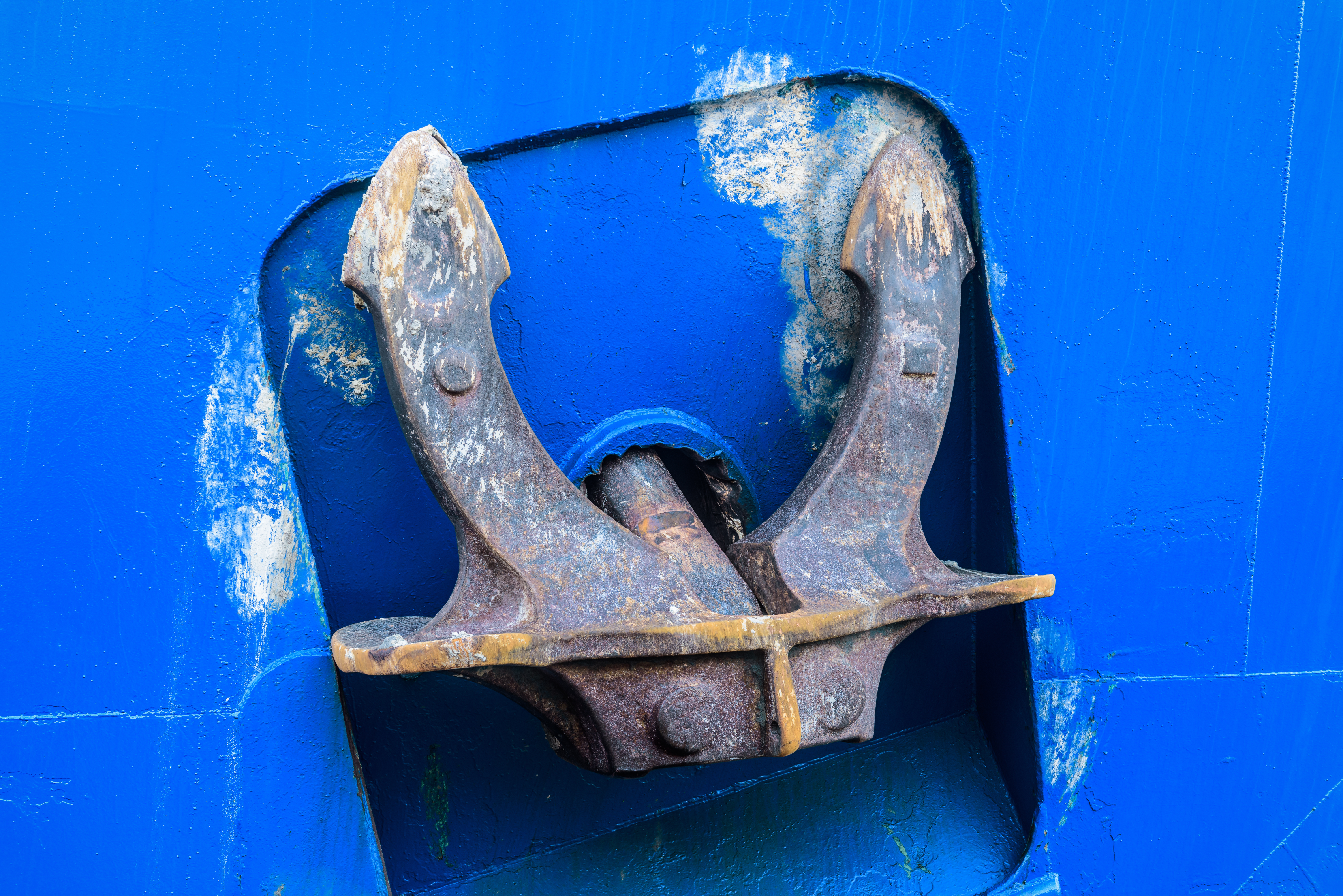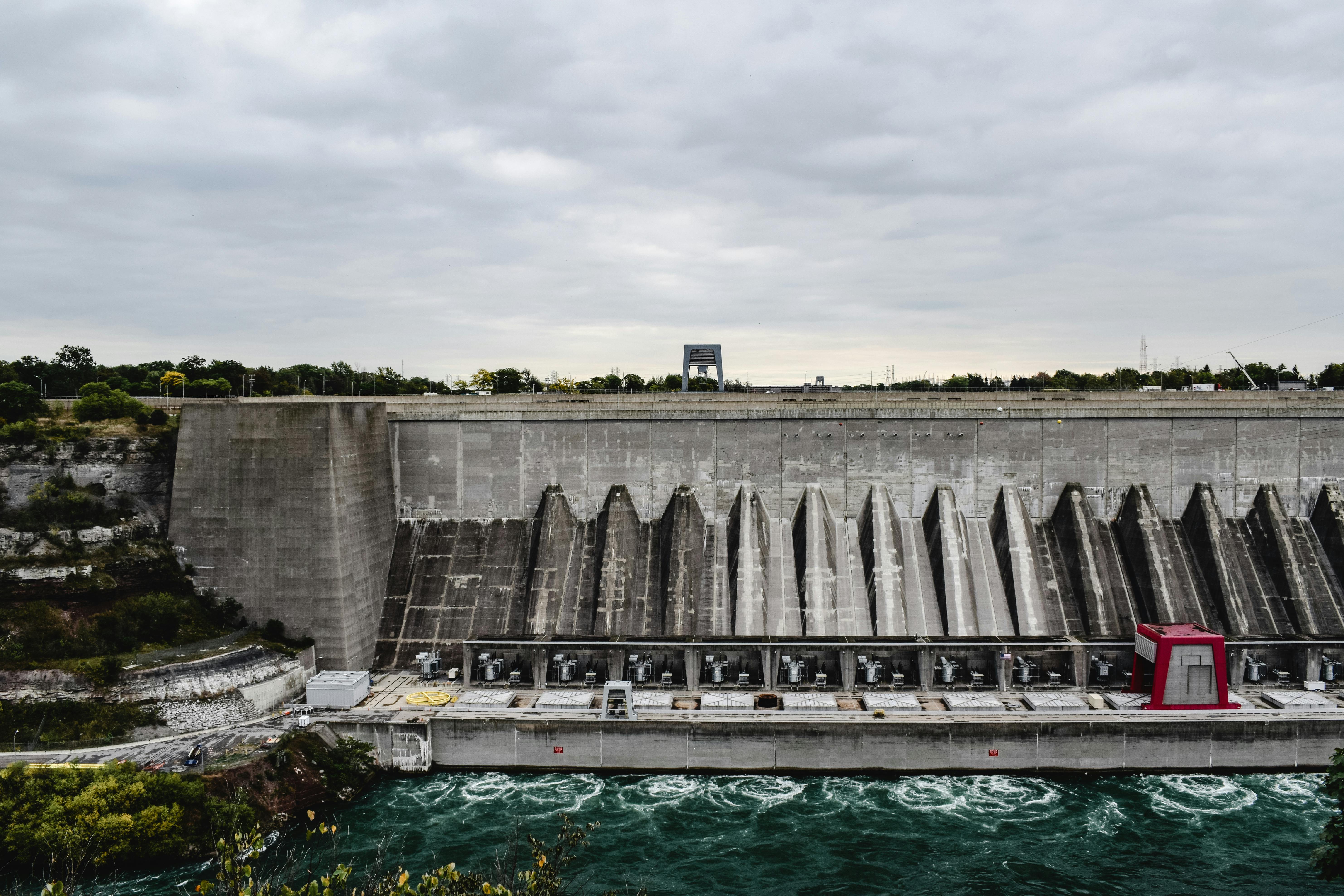
Offshore Castings Engineered For Marine Environments
- Commercial
- August 07, 2025
What Marine Environments Really Demand From Castings
The ocean is not your friend in this case.
Marine structures and vessels deal with:
- Constant exposure to saltwater (read: corrosion party)
- High and varying loads (think: waves, shifting cargo, wind pressure)
- Long lifespans with minimal maintenance access
- Sudden temperature changes and pressure extremes (especially below the surface)
So, castings used offshore can’t just look good on paper. They need to perform year after year, tide after tide, without warping, cracking, or rusting away quietly in a corner.
It’s a whole different game from land-based casting. Offshore parts have to be tougher, more stable, and way more corrosion-resistant.
Why Generic Castings Don’t Cut It Offshore
Offshore gear doesn’t get the luxury of working in calm, predictable conditions. It’s nonstop saltwater, heavy loads, and pressure from every direction. So you’d be gambling with downtime, lawsuits, and maybe even lives.
Here’s the thing: marine castings aren’t “one size fits all.”
They need to be engineered for the environment. Specially tailored to deal with seawater, currents, and stress cycles. Next, they need to be shaped precisely. Because a slight misalignment offshore can lead to vibration, fatigue, or flat-out failure. Also, they must be chemically optimized. If the alloy isn’t right, corrosion shows up fast, and suddenly you’re dealing with rust where you need reliability.
A small casting error that might be annoying onshore could be catastrophic out at sea. That’s why precision and testing aren’t optional. They’re part of the job.
Materials That Can Take a Saltwater Beating
Let’s talk metal. Not all steel is built the same, and not every alloy is tough enough to survive out in the ocean. Stainless steels with more chromium and nickel do a better job of fighting off corrosion than standard grades.
Duplex stainless? It’s a go-to in the marine world because it balances strength and resistance to rust. For parts that deal with high pressure or stay submerged for long stretches, nickel-based alloys usually take the lead. And when it comes to components that take a beating, such as load-bearing parts, manganese steel or alloyed carbon steel can withstand the shock. But picking the right material isn’t just about ticking off specs. It’s about knowing what that part’s actually going to deal with.
For instance, you need to know how it’ll be used, where it’ll be installed, and what kind of punishment it’s in for. Good foundries don’t wing it. They ask the right questions, run tests, and fine-tune until everything lines up.
Casting Methods That Actually Work Offshore
Not every casting process is suited for marine use. Some produce parts just won’t last in salt-heavy air or corrosive environments.
Here are the methods that offshore projects often rely on:
-
Sand Casting: Good for larger, less intricate components where strength matters more than surface finish. Often used in subsea foundation parts or support structures.
-
Investment Casting: Delivers detailed, high-precision parts. This method is great for valves, impellers, and pump housings where tight tolerances are a must.
-
Centrifugal Casting: Excellent for cylindrical parts like pipes or rings, especially where uniformity and strength along the axis matter.
-
Shell Mold Casting: Offers a solid balance of detail and surface finish. It is often used when the geometry is tricky, but the part still needs toughness.
Each method has its pros and cons. What matters is matching the process to the part and its marine job, not forcing the same method on every project.
Failure Isn’t An Option in the Marine Environment
Out at sea, when something breaks, things go downhill fast. If a riser bracket snaps on a platform or a rudder cracks on a vessel, things get stressful fast. Repairs take time, cost a lot, and aren’t exactly easy to pull off.
That’s why experienced project managers, procurement teams, and marine engineers look for castings with:
- Proven fatigue resistance
- Zero-tolerance quality control
- Chemical testing (to catch corrosion risks before they happen)
- 3D modeling and simulations to spot weak points before they’re cast
The real value isn’t just in the metal. It’s in the thinking behind the metal: the understanding of what happens when you’re 200 miles from shore, and something goes wrong.
That’s where the right casting partner makes all the difference.
FAQs on Offshore Castings for Marine Environments
In this section, we will be answering some frequently asked questions about this topic.
What’s the biggest difference between offshore and onshore castings?
Offshore castings face more extreme pressure, fatigue, and corrosion. They must be engineered for constant exposure to saltwater, unpredictable stress loads, and minimal maintenance opportunities.
What casting materials are best for marine applications?
Stainless steel (especially duplex), nickel-based alloys, and certain alloyed steels are top choices due to their corrosion resistance and strength.
Can I use regular sand-cast parts offshore?
Not without proper alloy selection and surface treatment. Even then, it depends heavily on the application. Always consult with marine casting experts first.
How do I know if a casting supplier is qualified for offshore work?
Look for experience with marine projects, strong material testing capabilities, and a willingness to customize based on the job’s specific conditions.
Wrap Up
Good offshore castings don’t shout about themselves. They do their job, silently, year after year, without drawing attention. That’s the kind of performance the marine industry counts on. And it doesn’t come from guesswork or shortcuts. It comes from casting teams that ask the right questions, choose the right materials, and deliver parts that won’t let you down in the middle of a storm.
If you’re in the USA, Europe, or the Middle East and need help making sure your castings work out in the real, harsh marine world, you’ll want to talk to people who’ve done it before.
And yes, we’re one of them. At ETC Foundry, we’ve been quietly doing this for years. And we’d be glad to help if you're facing a challenge.



Share This News